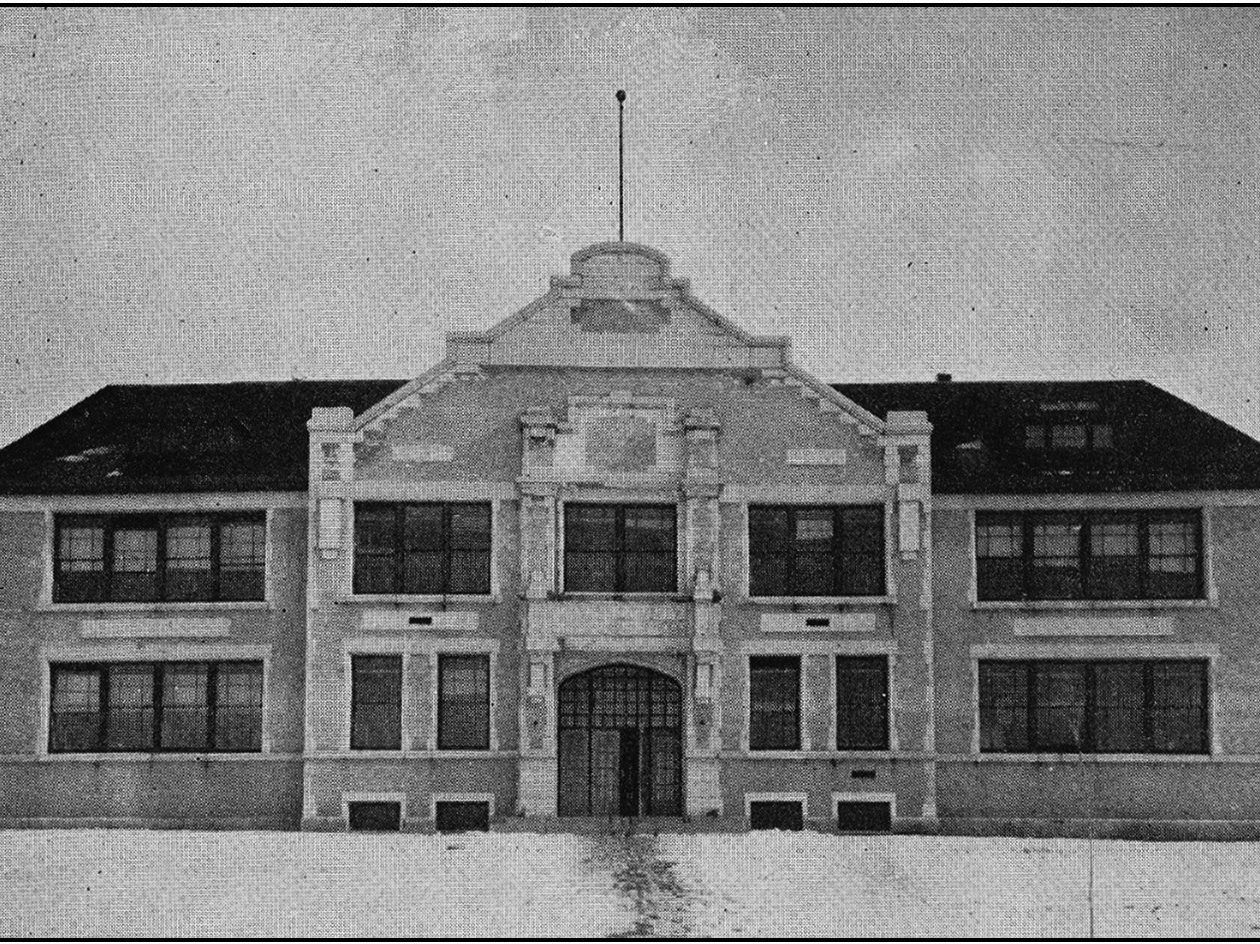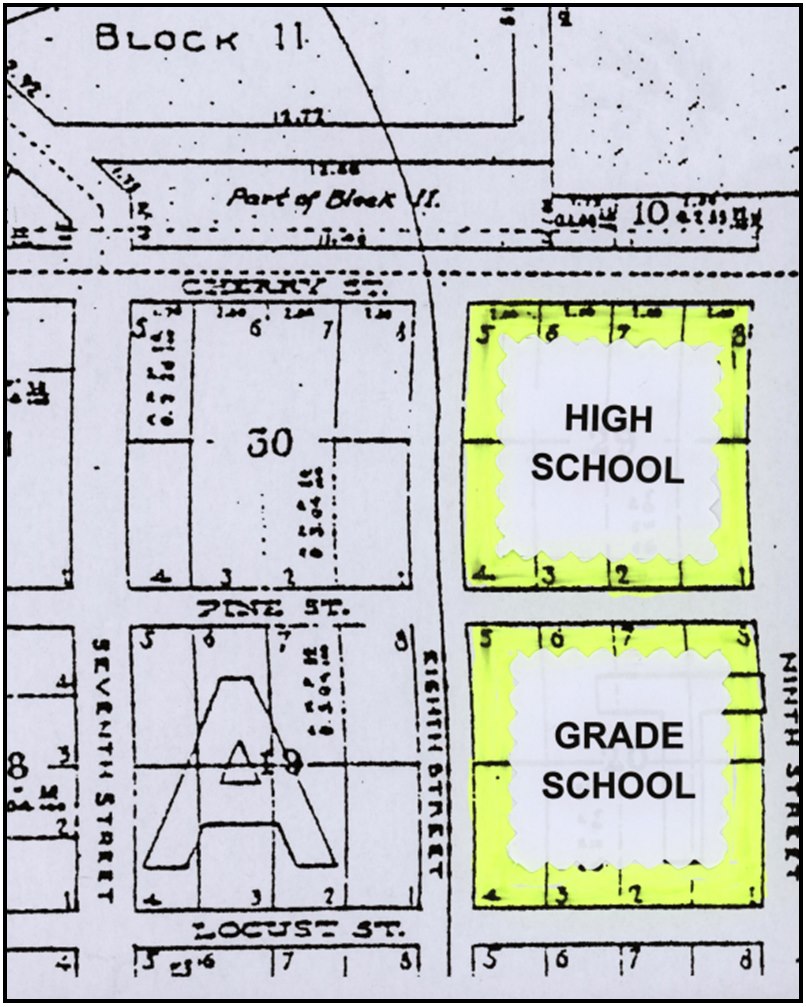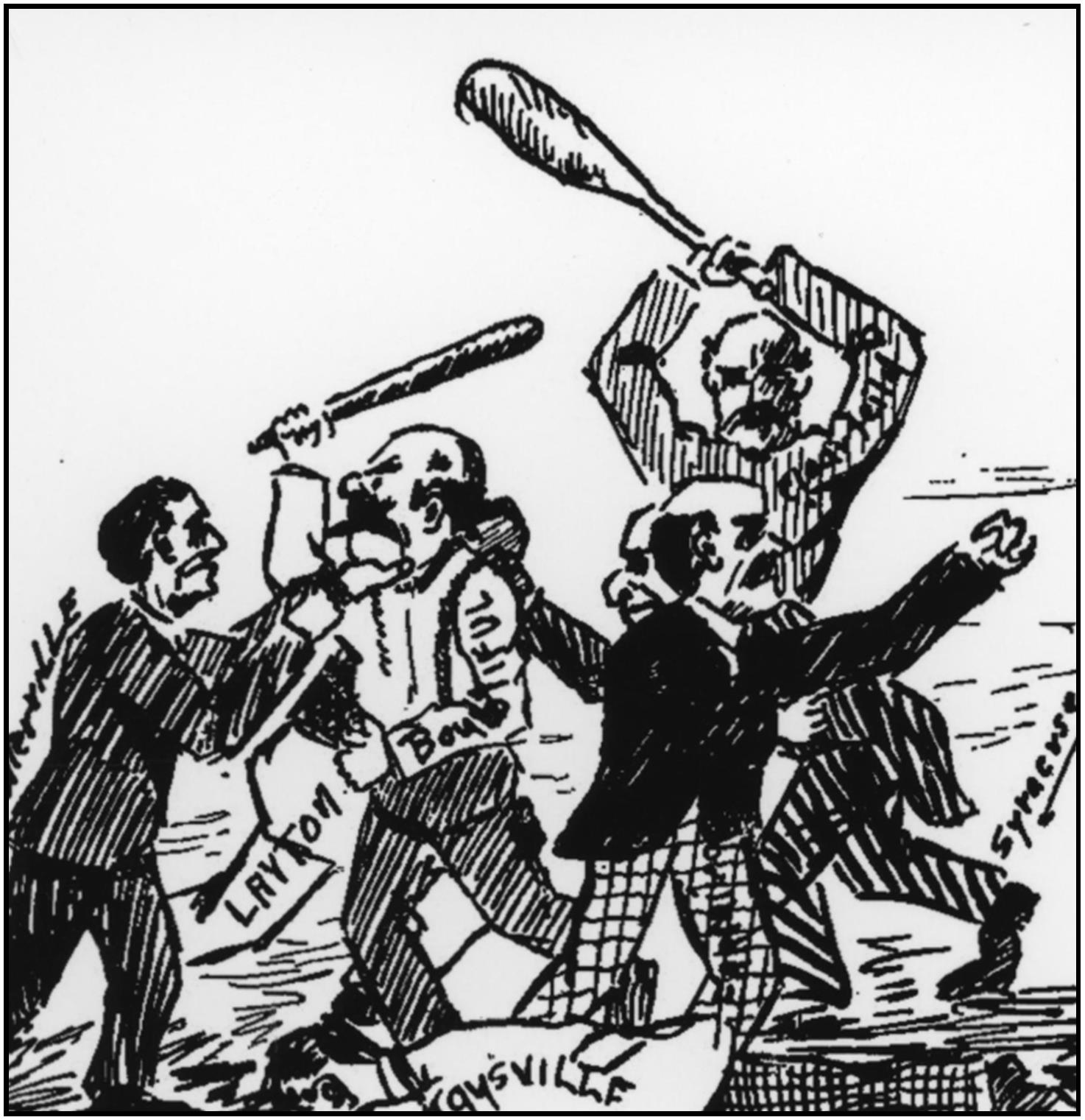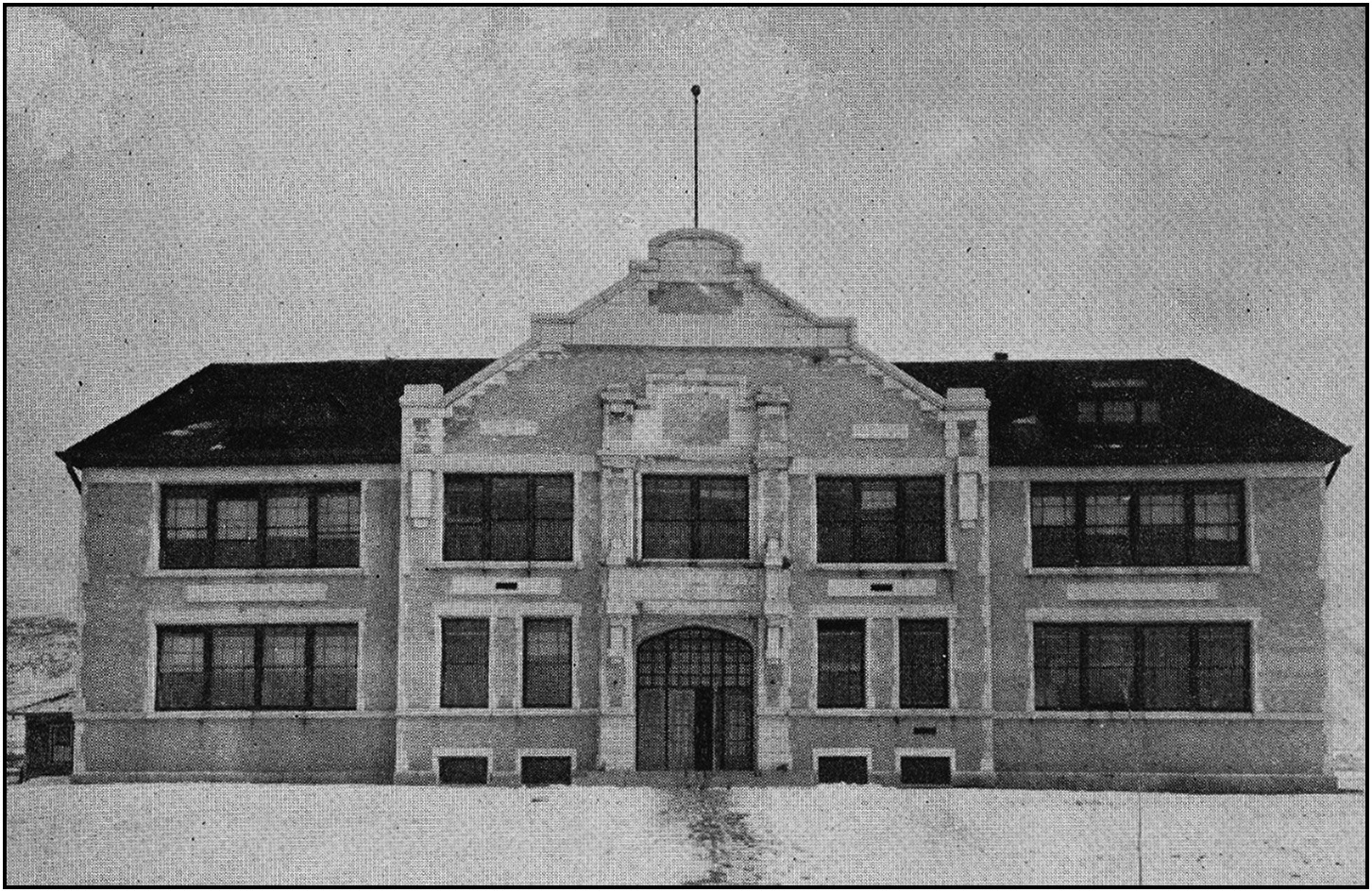
Davis High School
Davis County High School Site Selection
by Bill Sanders
In 1911, the school system in Davis County was consolidated into a single district with the Davis County Board of Education as its governing advisor. Hubert C. (H.C.) Burton, of Kaysville, was chosen to be the district’s first superintendent, and a new Board of Education panel was appointed. At this time, the county had numerous grade schools that offered students an  education up to the eighth grade. Also, in the county. there were four church-owned schools, called academies, that offered higher education 9th through 12th grades or a Davis County high school age student could enroll at either West, South, or East high schools in Salt Lake City or Weber High School in Ogden.
education up to the eighth grade. Also, in the county. there were four church-owned schools, called academies, that offered higher education 9th through 12th grades or a Davis County high school age student could enroll at either West, South, or East high schools in Salt Lake City or Weber High School in Ogden.
Almost from the first day of the district’s creation, talk of building a central county high school continued. The need for a county high school was one of the major reasons for consolidation and educators, concerned citizens, and city officials began to develop high school site proposal plans to present to the school board for serious consideration. Six Davis County cities developed site plans. Prime real estate in these communities was pinpointed for possible purchase and promoters began to share their site visions with county residents.
In Kaysville, there were a couple of possible sites. The most obvious was to recommend that the school district purchase the Kaysville Academy building from the Kaysville LDS Ward and then secure additional land in the block between 100/200 N01th and 200/300 West for the high school site. A second possible site was the block between 100/200 East and 100/200 North. This site was a block north of the Kaysville Elementary School with easy access to Bamberger Railroad transportation; and, in 1912, Kaysville officials proposed the 100 East site as their preferred location because of its proximity to the grade school grounds and Bamberger transportation.
school district purchase the Kaysville Academy building from the Kaysville LDS Ward and then secure additional land in the block between 100/200 N01th and 200/300 West for the high school site. A second possible site was the block between 100/200 East and 100/200 North. This site was a block north of the Kaysville Elementary School with easy access to Bamberger Railroad transportation; and, in 1912, Kaysville officials proposed the 100 East site as their preferred location because of its proximity to the grade school grounds and Bamberger transportation.
Throughout 1912 and 1913, the site debate got pretty heated. Each city lobbied for their site and the school board was bombarded with hundreds of site suggestions. Farmington, because it was the county seat, got a lot of early county resident support. Kaysville was probably the second runner up because it was the geographical center of the county, but Bountiful’s lobby was very, very powerful. However, the Bountiful  site was opposed by the residents living in the northern end of the county because the number of miles their kids would have to travel was unacceptable. And, as the debate reached its heated climax, it became obvious that the high school had to be centrally located with good Bamberger Rail- road access. The district had no busing system so a majority of the students would have to ride the Bamberger to get to school.
site was opposed by the residents living in the northern end of the county because the number of miles their kids would have to travel was unacceptable. And, as the debate reached its heated climax, it became obvious that the high school had to be centrally located with good Bamberger Rail- road access. The district had no busing system so a majority of the students would have to ride the Bamberger to get to school.
In the summer of 1913, a third Kaysville site was suggested. This site was south of Kaysville’s platted street grid and offered land at a reasonable price. Also, this location offered farmland that could be purchased for future high school campus expansion. Many county citizens did not like the downtown Kaysville location because there was little room for expansion so they supported the third alternative. Also, residents living between Farmington and West Point supported the Kaysville alternative site because it had “front door” railroad access.
In December of 1913, the school board selected the Kaysville alternative site. William Allen, the Kaysville architect, was hired to design the school buildings and in the spring of 1914 construction began. The doors to the first school classes were opened in September/October of 1914 and the first Davis County High School graduation took place in May 1915.

Photos Courtesy Heritage Museum of Layton
